Why top Iran general was killed, and will it trigger war?
Last Friday, the US killed General Qassem Soleimani, the head of Iran's elite Quds Force, at the direction of President Donald Trump.
There are grave fears Iran will launch severe retaliatory attacks against Israel and American interests.
This is a big, dynamic story with far-reaching impact. We look at how Soleimani was killed, who was involved and what could happen next.

Who was General Qassem Soleimani?
As the head of the Quds Force of Iran's paramilitary Revolutionary Guard, Soleimani led all of its expeditionary forces.
He was viewed as the second most powerful man in Iran, and a possible presidential candidate.
Quds Force members have deployed into Syria's long war to support President Bashar Assad, as well as into Iraq in the wake of the 2003 US invasion that toppled dictator Saddam Hussein, a long time foe of Tehran.
Soleimani rose to prominence by advising forces fighting Islamic State in Iraq and in Syria on behalf of the embattled Assad.
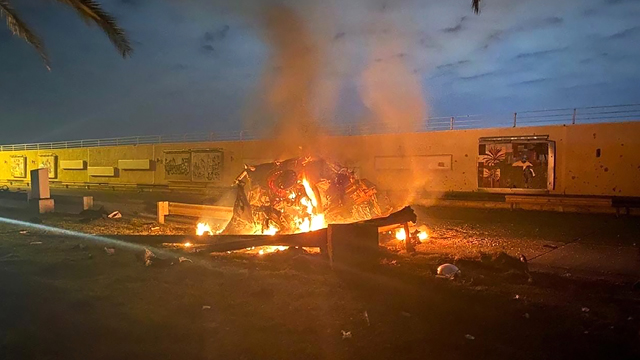
How was Soleimani killed?
The 62-year-old Soleimani was killed by an armed American drone. His vehicle was struck by a US Reaper drone on an access road near the Baghdad airport.
Soleimani was killed alongside Abu Mahdi al-Muhandis, deputy commander of Iran-backed militias in Iraq known as the Popular Mobilisation Forces. Al-Muhandis had arrived to the airport in a convoy along with others to receive Soleimani, whose plane had arrived from either Lebanon or Syria.
The airstrike took place near a cargo area after Soleimani left the plane to be greeted by al-Muhandis and others.
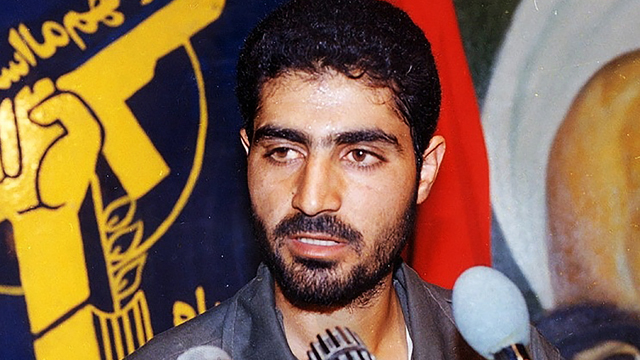
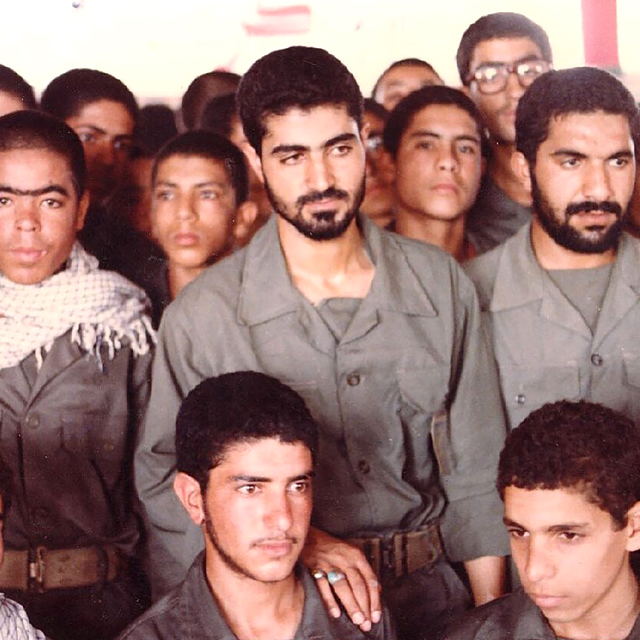
Why was Soleimani killed?
Trump's order to kill Soleimani came after months of tensions. Tehran had shot down a US military surveillance drone and seized oil tankers. The US also blamed Iran for a series of attacks targeting tankers, as well as a September assault on Saudi Arabia's oil industry that temporarily halved its production.
Those tensions take root in Trump's decision in May 2018 to withdraw the US from Iran's nuclear deal with world powers, struck under Barack Obama.
Soleimani was killed just days after Iranian-backed militants had ended a day-long siege of the American embassy in Baghdad. The breach of the embassy compound came in response to US airstrikes which had killed 25 Hezbollah fighters.
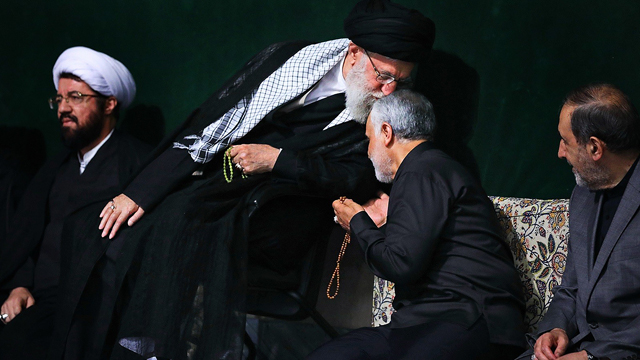
How will Iran retaliate?
Iran's Supreme Leader Ayatollah Ali Khamenei immediately warned the US that a "harsh retaliation is waiting" for the killing of Soleimani. Secretary of State Michael Pompeo said the US is prepared for any response.
Immediately after the strike, the State Department urged American citizens to leave Iraq. Some analysts believe US citizens and other Westerners could be at risk in Gulf countries.
Soleimani enjoyed the fierce loyalty of tens of thousands of fighters in Iraq, Syria, Lebanon, Yemen and the Gaza Strip who received aid, arms and training from Tehran. Iran has used such groups in the past to strike its regional foes, including Israel, and could mobilize them if the killing of Soleimani ignited an armed conflict. If Iran were to strike back, they have many potential targets to choose from - including diplomats working at embassies or large numbers of troops stationed across the region.
Iran also has a formidable cyber army, which is expected to carry out attacks in cyberspace. Potential targets include manufacturing facilities, oil and gas plants and transit systems. Businesses and government agencies could also face attacks.
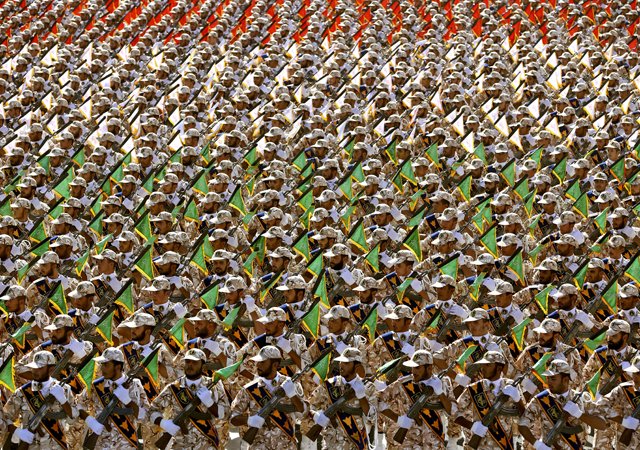
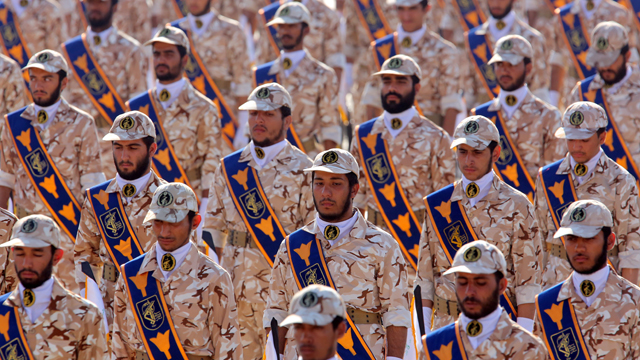
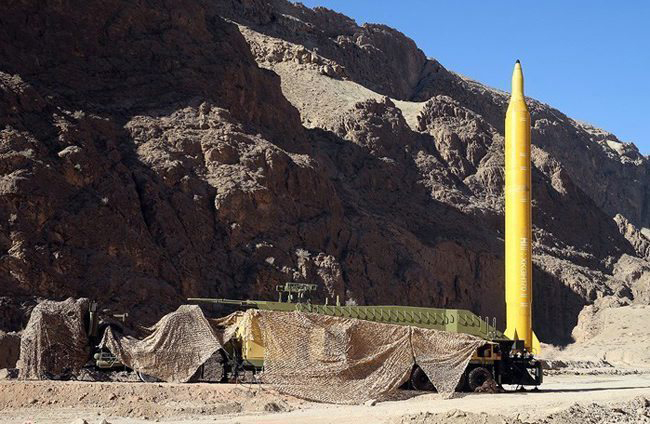
How big is the Iranian Army?
Iran is a major military power in the Middle East, and ranked the 14th most powerful armed forces in the world by Global Firepower's 2019 Military Strength Ranking.
Its forces total about 523,000 active personnel. Iran's formidable Islamic Revolutionary Guard Corps, more widely known as the Revolutionary Guard, is the nation's elite force, comprised of 125,000 men.
The Iranian military has an arsenal of short, medium and intermediate range ballistic missiles capable of hitting Israel, Gulf Arab states, US military bases in the region and parts of Europe.
Any conflict would certainly see Iranian forces attempting to block and choke the Strait of Hormuz between the Persian Gulf and the Gulf of Oman, where one-fifth of the world's oil passes through.
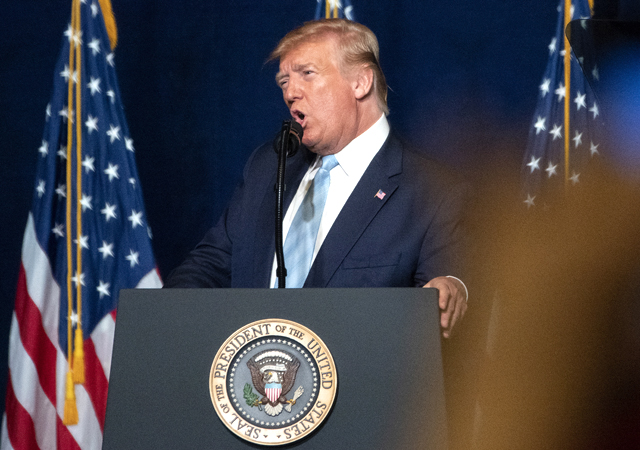
What has Trump said since the strike?
Just before the drone strike, Trump posted a picture of a US flag on his Twitter account, with no accompanying message.
In the aftermath, the President has said he does not seek regime change in Iran.
"We took action last night to stop a war. We did not take action to start a war."
The US said it was sending nearly 3,000 more troops to the Middle East, reflecting concern about potential retaliation. Around 5,200 American troops are already based in Iraq to train Iraqi forces and help in the fight against Islamic State militants.
Joe Biden said Trump has "tossed a stick of dynamite into a tinderbox," and that it could leave the US on the brink of a major conflict across the Middle East.
With agencies


Comments
Post a Comment